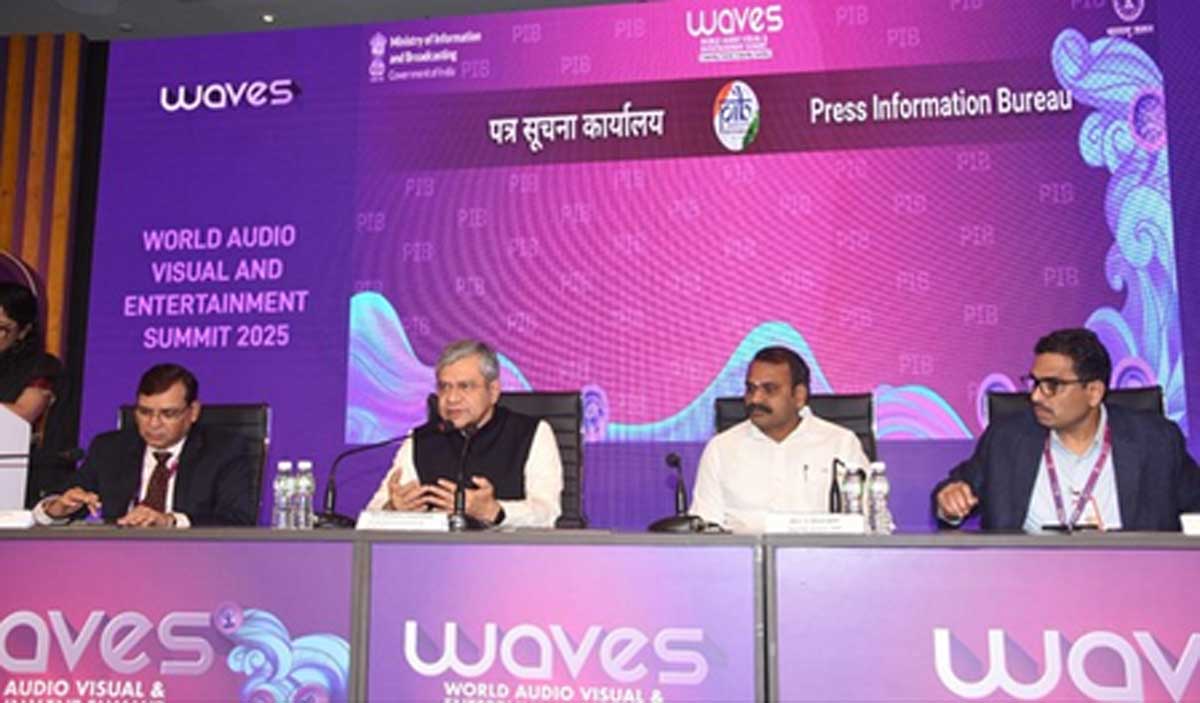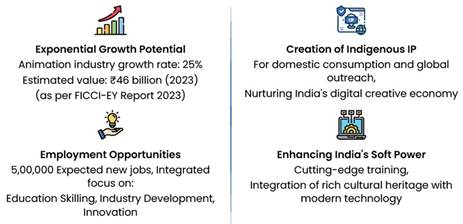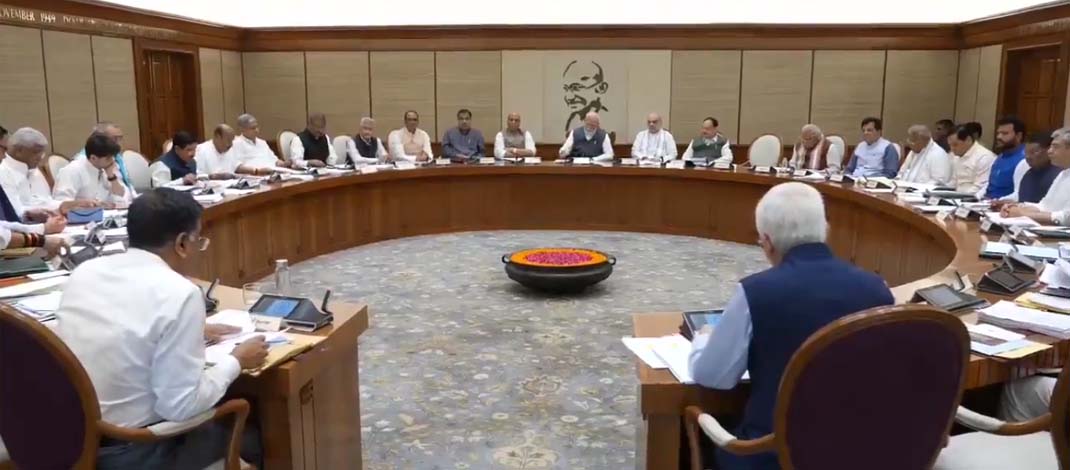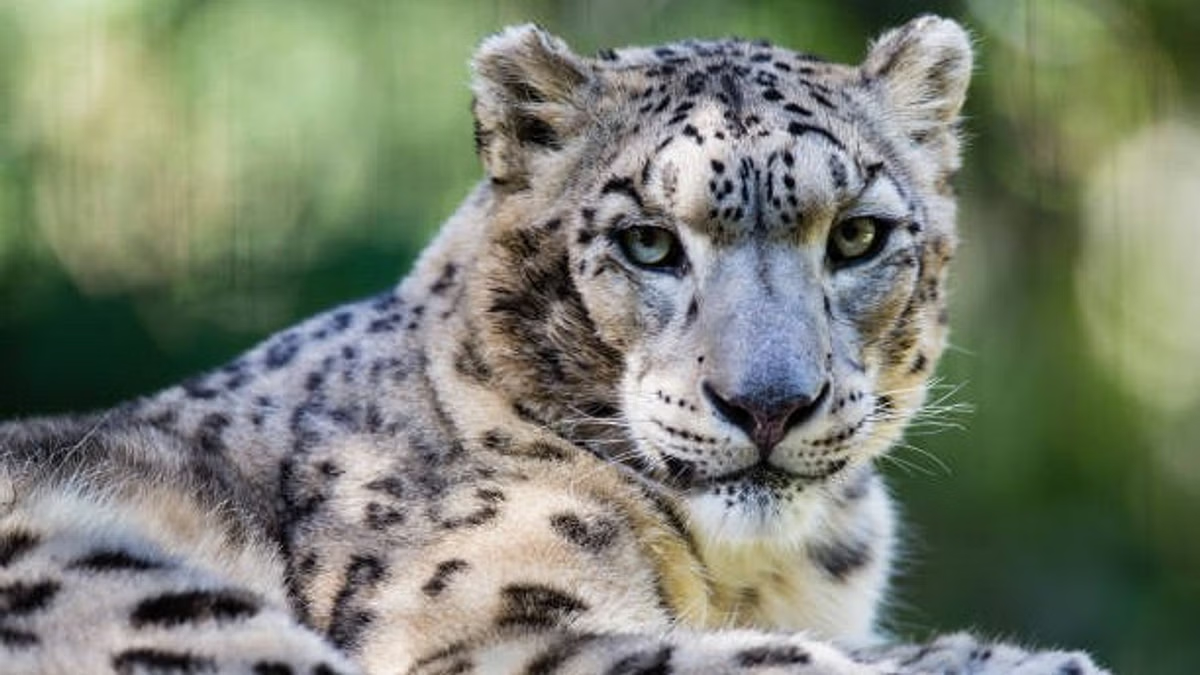- Courses
- GS Full Course 1 Year
- GS Full Course 2 Year
- GS Full Course 3 Year
- GS Full Course Till Selection
- Online Program
- GS Recorded Course
- NCERT (Recorded 500+ Hours)
- Polity Recorded Course
- Geography Recorded Course
- Economy Recorded Course
- AMAC Recorded Course
- Modern India, Post Independence & World History
- Environment Recoded Course
- Governance Recoded Course
- Science & Tech. Recoded Course
- International Relations and Internal Security Recorded Course
- Disaster Management Module Course
- Ethics Recoded Course
- Essay Recoded Course
- Current Affairs Recoded Course
- CSAT
- 5 LAYERED ARJUNA Mentorship
- Public Administration Optional
- ABOUT US
- OUR TOPPERS
- TEST SERIES
- FREE STUDY MATERIAL
- VIDEOS
- CONTACT US
Centre Launches Indian Institute of Creative Technology (IICT) to Boost AVGC-XR Sector
Centre Launches Indian Institute of Creative Technology (IICT) to Boost AVGC-XR Sector
07-05-2025

- The Government of India has launched the Indian Institute of Creative Technology (IICT) as a major step to develop the AVGC-XR (Animation, Visual Effects, Gaming, Comics & Extended Reality) ecosystem.
- The initiative is spearheaded by the Ministry of Information and Broadcasting in collaboration with FICCI and CII.
What is the Indian Institute of Creative Technology (IICT)?
- IICT is envisioned as a National Centre of Excellence (NCoE), fully focused on the AVGC-XR sector.
- It will work towards advancing education, training, and industry-academia collaboration in this growing creative technology domain.
- The institute will adopt the model of IITs and IIMs to become a global hub for high-quality education and professional training in AVGC-XR.
- Extended Reality (XR) technologies, which include Virtual Reality (VR), Augmented Reality (AR), and Mixed Reality (MR), will be key focus areas under IICT.
Current Status of the AVGC-XR Sector
- The global AVGC-XR industry was valued at over $366 billion in 2021, showing massive global demand and innovation.
- However, India’s contribution to this market is currently less than 1%, indicating significant untapped potential.
- Projections suggest the Indian AVGC-XR market could grow to $26 billion by 2030 with the right ecosystem and support.
- Karnataka, India’s established IT hub, is also emerging as a leader in the AVGC-XR sector.

Benefits of NCOE National Centre of Excellence
Key Growth Drivers for AVGC-XR in India
- Surge in OTT Consumption: India had about 547 million OTT users in 2024, achieving a penetration rate of 38.4%.
- Expanding Smartphone & Internet Reach: Over 900 million internet users are expected in India by 2025, mostly from rural regions, as per the IAMAI-Kantar report.
- Diverse Use-Cases: Animation and VFX are increasingly used in gaming, education technology (EdTech), architecture, and more.
- Rapid Tech Advancements: Investment in cutting-edge technologies like AR and VR is rising steadily each year.
- Supporting Infrastructure: Growth of 5G networks, increased R&D spending, and policy support are boosting the sector.
Biological Diversity (Access, Benefit Sharing) Regulations, 2025 Notified
- The National Biodiversity Authority (NBA) has officially notified the Biological Diversity Regulations, 2025.
- These new rules are framed under the Biological Diversity Act (BDA), 2002.
- They replace the earlier 2014 regulations to align with emerging global and domestic biodiversity priorities.
- The rules focus on equitable benefit sharing from the use of biological resources and associated knowledge, including Digital Sequence Information (DSI).
What is Access and Benefit Sharing (ABS)?
- ABS governs how genetic resources are accessed and how benefits from their use are shared fairly.
- It ensures providers of biological resources—individuals, communities, or countries—receive fair compensation from users.
- ABS is based on international commitments under the Convention on Biological Diversity (CBD).
- Key instruments under CBD include the Bonn Guidelines and the legally binding Nagoya Protocol (2010).
- In 2024, the CBD COP16 adopted a Multilateral Mechanism specifically for the use of Digital Sequence Information (DSI).
|
Annual Turnover of the Person (in INR) |
Benefit Sharing Amount Payable (as % of annual gross ex-factory sale price, excluding govt. taxes) |
|
Up to ₹5 crore |
Nil |
|
Above ₹5 crore to ₹50 crore |
0.2% |
|
Above ₹50 crore to ₹250 crore |
0.4% |
|
Above ₹250 crore |
0.6% |
Key Features of the 2025 Regulations
1. Prior Informed Consent (PIC)
- Individuals or industries seeking to access biological resources must inform and seek approval from the NBA in advance.
- However, access to cultivated medicinal plants notified under BDA 2002 is exempt from this requirement.
2. Benefit Sharing Based on Turnover
- The new rules define benefit-sharing slabs based on the annual turnover of the user entity.
- Entities with turnover exceeding ₹1 crore must file annual statements detailing the biological resources used.
3. Resources with High Conservation/Economic Value
- For high-value resources like red sanders or agarwood, benefit-sharing starts at a minimum of 5% of the sale, auction, or purchase price.
- In cases of commercial exploitation, the benefit share may go beyond 20%, depending on the resource’s significance.
4. Commercialization of Intellectual Property Rights (IPR)
- Applicants utilizing biological resources for IPR purposes must compensate the NBA through monetary or agreed non-monetary benefits.
- This ensures that innovation using India’s biological wealth returns value to the country and local communities.
|
Also Read |
|
| NCERT Books For UPSC | |
| UPSC Monthly Magazine | Best IAS Coaching in Delhi |



